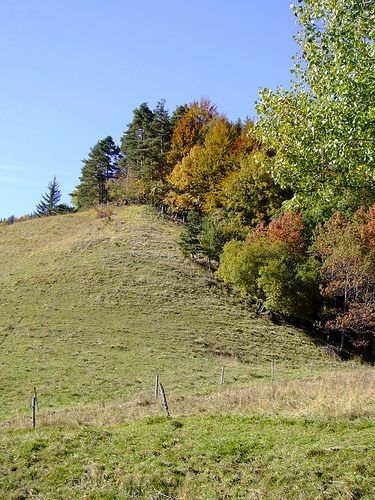-
 Agglutinogen
Agglutinogen
-
 EEG
EEG
-
 Nebula
Nebula
-
 Cauliflower
Cauliflower
-
 Mount Palomar observatory
Mount Palomar observatory
-
 Orbiter
Orbiter
-
 Internal combustion hydrogen engine
Internal combustion hydrogen engine
-
 Variable
Variable
-
 Ecological footprint
Ecological footprint
-
 Thalassaemia
Thalassaemia
-
 Heat stability
Heat stability
-
 Ornithologist
Ornithologist
-
 Hubble's law
Hubble's law
-
 Downy oak
Downy oak
-
 Clementine
Clementine
-
 Systemic antifungal
Systemic antifungal
-
 Mating
Mating
-
 Core sampling
Core sampling
-
 Acroparaesthesiae
Acroparaesthesiae
-
 Apical apparatus
Apical apparatus
-
 DES
DES
-
 systemic antifungals
systemic antifungals
-
 Breast cancer
Breast cancer
-
 SNAPI
SNAPI
-
 ECS
ECS
-
 Extracellular matrix
Extracellular matrix
-
 Intrusion
Intrusion
-
 Predisposition
Predisposition
-
 Alkaloid
Alkaloid
-
 Discovery
Discovery
Boundary area
The boundary area is a boundary between two environments, one of which is often a forest. This is a particular environment because it has its own climatic and ecological conditions and is home to species from two types of environments, as well as some that are specific to the boundary area.
The boundary area represents a transition zone between two environments and an ecological corridor for species of these environments. As such, a boundary area can be qualified as an ecotone.
A source of biological wealth, a boundary area can, however, produce negative effects if it is highly artificial or too narrow. This is the case, for example, of a boundary area between a natural environment and a busy road. In this case, the boundary area is a high mortality zone that reduces the populations of species from the natural environment. This is called the boundary effect.
Another example, the boundary area, or rather the absence of a boundary area after clear cutting between a conifer plantation and a clearing. The sudden transition from one environment to another disturbs the microclimate of each environment and weakens settlements, causing the development of pathogens and vulnerability to extreme meteorological phenomena.
 This boundary area between a meadow and a forest houses species from the meadow that prefer darker and cooler environments and species from the forest that prefer light and warmth. © Inoteb CC by-nc-nd 2.0
This boundary area between a meadow and a forest houses species from the meadow that prefer darker and cooler environments and species from the forest that prefer light and warmth. © Inoteb CC by-nc-nd 2.0
Latest
Fill out my online form.



